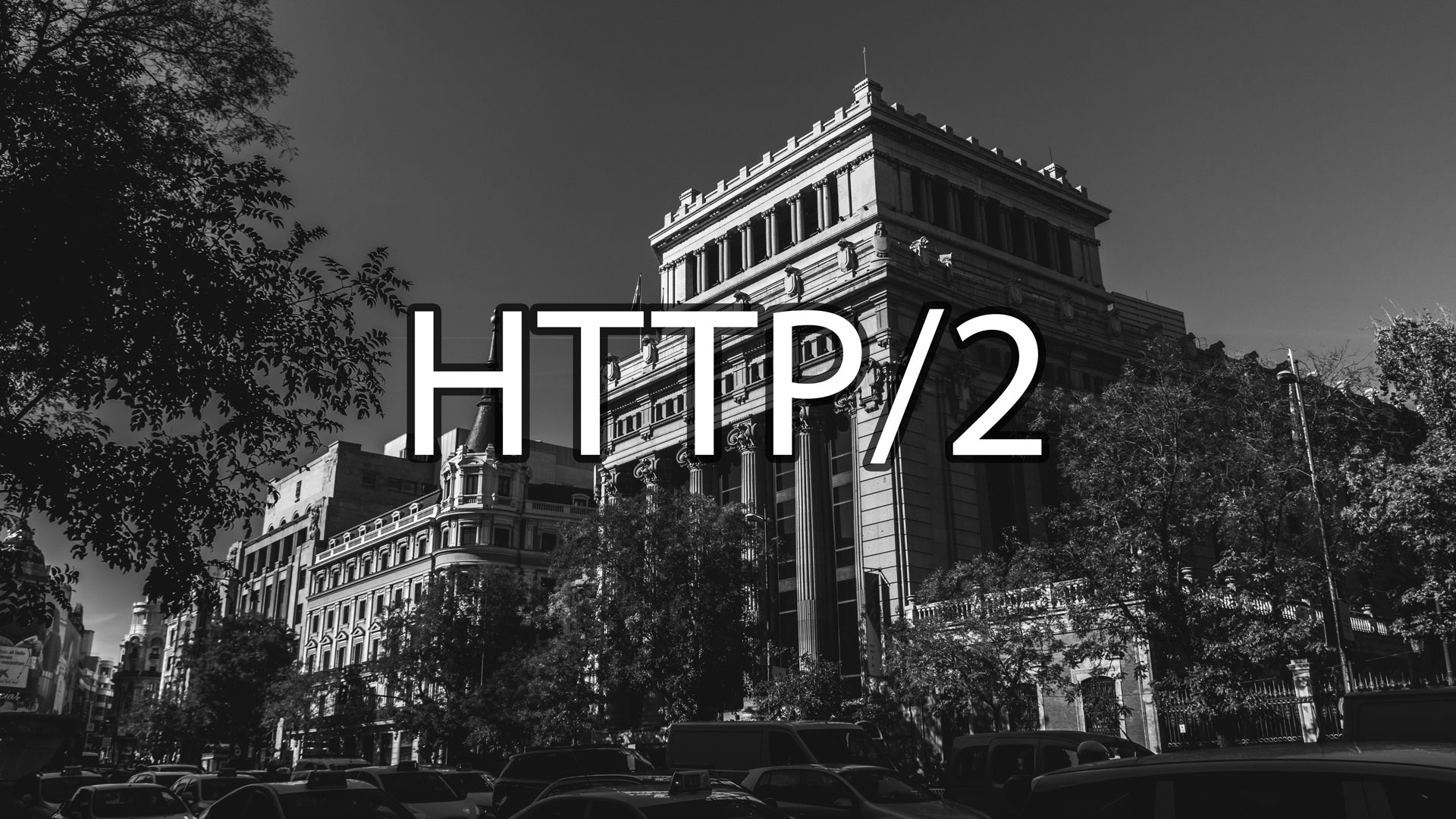The good
Menu editor
WordPress has just been updated to version 4.3. What does it mean for casual editors? At first you will notice further improvements to the front-end customizer. After a widget editor added in WP 3.9 and improved in version 4.0, now is time for a long awaited menu editor. You no longer have to restore to editing a menu in one browser tab and refreshing the front-end view in the other. All happens within a compact and easy-to-use user interface. You might find this feature particularly handy if you are editing multiple menus at once out if you want to tweak the word length to achieve the desired visual balance.
Markdown
Next comes a welcome change to the text editor. Markdown shortcuts for adding lists and headings.
Insert “##” at the beginning of a new line to create a heading, use “-” to insert a list and “>” to start writing a quote.
Favicon
Originally introduced in the Jetpack plugin this feature has been merged with the WordPress core now. You can upload a min. 512×512 px image via the Customizer and WordPress will take care of serving the right fav image to the browser or a mobile device.
Continue reading →




